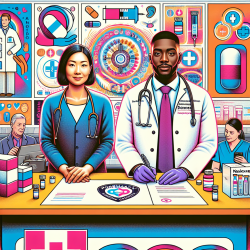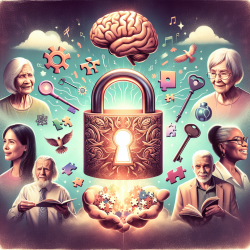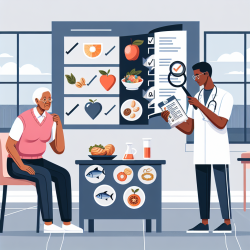Introduction
The opioid crisis continues to devastate communities across the United States, with pharmacists positioned as pivotal players in harm reduction strategies. A recent study titled "Assessing pharmacy student experience with, knowledge of and attitudes towards harm reduction: illuminating barriers to pharmacist-led harm reduction" sheds light on the knowledge gaps and biases that incoming pharmacy students bring to their education. This blog explores how these insights can inform curriculum development and enhance pharmacists' roles in public health.
Understanding the Study
The study conducted at the University of Minnesota College of Pharmacy evaluated first-year pharmacy students' baseline knowledge and attitudes toward harm reduction, focusing on opioid overdose and the drug naloxone. Using both quantitative surveys and qualitative reflections, the research identified significant gaps in knowledge and the presence of biases and stigma among students.
Key Findings
- 18.56% of students were unfamiliar with naloxone, the opioid antagonist critical in overdose situations.
- 9.58% of students expressed unwillingness to do anything beyond calling an ambulance during an overdose event.
- Qualitative data revealed barriers such as lack of knowledge about substance use and addiction, and biases against harm reduction methods.
Implications for Pharmacy Education
The study's findings underscore the need for comprehensive harm reduction education within pharmacy curricula. By addressing knowledge gaps and biases, pharmacy schools can better prepare students to engage in effective harm reduction practices. Key areas for curriculum enhancement include:
- Education on Naloxone and Overdose Response: Ensuring students are well-versed in the use of naloxone and first-aid procedures for opioid overdoses.
- Understanding Harm Reduction: Educating students on the benefits and evidence supporting harm reduction methods, such as needle exchange programs.
- Addressing Stigma and Bias: Promoting a non-judgmental approach to patients with substance use disorders to foster trust and effective care.
Encouraging Further Research
Pharmacists and educators are encouraged to explore further research on harm reduction and its integration into pharmacy practice. By staying informed and actively engaging in continuous learning, pharmacists can play a crucial role in mitigating the opioid crisis and improving public health outcomes.
Conclusion
The study highlights the importance of equipping pharmacy students with the knowledge and skills necessary for effective harm reduction. By addressing educational gaps and biases, we can empower pharmacists to be proactive agents of change in their communities. For those interested in delving deeper into the research, the original study provides valuable insights into shaping future pharmacists' roles in public health.
To read the original research paper, please follow this link: Assessing pharmacy student experience with, knowledge of and attitudes towards harm reduction: illuminating barriers to pharmacist-led harm reduction.










